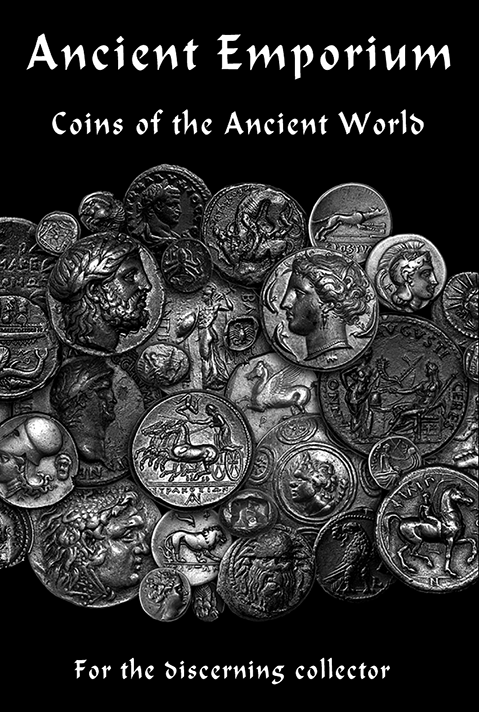Chinese archaeologists claimed on Saturday to have unearthed a portrait of Confucius from a tomb that is at least 2,000 years old.
 |
| A lacquer screen was unearthed from the tomb of Haihunhou in Nanchang, Jiangxi province, on Saturday [Credit: Wang Xiang/Xinhua] |
After they pieced together a broken lacquer screen found in the main chamber of the tomb, the archaeologists said, they restored two portraits, one of which is believed to be of Confucius.
“The Chinese characters on the screen include the names of Confucius, his father, Shu Lianghe, and one of his favorite disciples, Yan Hui,” said Zhang Zhongli, deputy chief of the excavation team in east China’s Jiangxi province. “These names are evidence that at least one of the two men painted on the screen is Confucius himself.”
He said the text on the screen was probably a brief biography of Confucius, but further evidence is needed to support the hypothesis.
Screens were typical furniture in ancient Chinese homes to block wind and evil spirits and to protect privacy. They were often painted with landscapes, plants or calligraphy.
The restored screen is 50 to 60 centimeters wide and 70 to 80 centimeters tall. Both portraits are blurred, but details of the subjects’ collars and robes are clearly seen, said Zhang.
 |
| Chinese archaeologists claimed on Saturday to have unearthed a portrait of Confucius from a tomb that is at least 2,000 years old [Credit: Xinhua] |
“We assume the tomb owner respected Confucius and had a Confucius portrait painted on the screen,” said Zhang. “After he died, his family buried his favorite screen with him, even though such screens were not conventional burial items in Chinese funerary customs.”
Zhang, an archaeologist from Shaanxi Provincial Institute of Archaeology, is leading the excavation of the tomb of Haihunhou, or the Marquis of Haihun, which dates back to the Western Han Dynasty (206 BC-AD 24).
The tomb owner is believed to be Liu He, grandson of Emperor Wu, whose reign ushered in one of the most prosperous periods in China’s history.
The finding of the Confucius portrait in the marquis’ tomb indicates Confucius’ teachings were prevalent among the ruling class in the Western Han Dynasty, Zhang said.
“This is the earliest portrait of the ancient sage discovered so far,” said Xin Lixiang, head of the excavation team and one of China’s most authoritative archaeologists for the Qin and Han dynasties.
 |
| The Marquis of Haihun cemetery covers roughly 40,000 square meters and contains eight tombs and a chariot burial site [Credit: Xinhua] |
Before the new finding was reported, experts believed the oldest Confucius portrait was on a mural found in a tomb chamber in Dongping county in East China’s Shandong province. The mural dates back to the Eastern Han Dynasty (AD 25-220).
The Chinese have revered Confucius and followed his teachings for centuries. He is respected as “the teacher of all teachers”, and children learn to recite his quotes at a very young age.
The Marquis of Haihun cemetery covers roughly 40,000 square meters and contains eight tombs and a chariot burial site. It is the most complete Western Han cemetery ever discovered in China.
Archaeologists have so far unearthed more than 10,000 heritage pieces from the tombs since 2011, including chariots, bronze cooking utensils, wine vessels, lamps and ancient coins.
Two pieces of gold in the form of horse hoofs were also unearthed during Saturday’s excavation. Such gold was usually kept by the imperial family or given as gifts from royalty.
Source: English News China [November 16, 2015]



